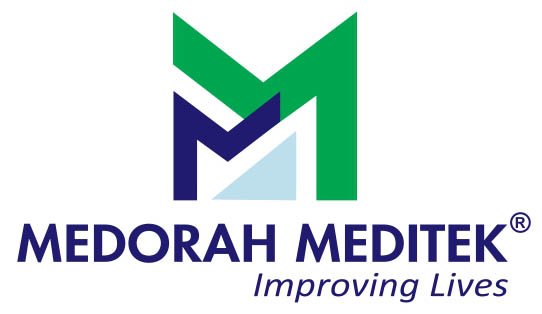Endoscopic Biliary Stenting is a procedure conducted to open your blocked bile duct. During this procedure, a stent is placed inside your blocked bile duct.
A stent refers to a small metal or plastic tube, which is used to maintain your bile duct in an open position. Bile, which is fluid from the liver, helps in digestion of fat and other food you eat. Bile is normally stored in your gall bladder, located under your liver. Bile passes via your bile duct and is released into your bowels.
Flow of bile may be obstructed by gall stones, cancers (tumors) or narrowing (strictures) of your bile duct. Gall stones are hard objects which form in your gall bladder. Stents help in widening of the narrowed area of the bile duct and permits the bile to flow through.
Your care giving team will use an endoscope to place the stent inside your blocked bile duct. An endoscope is a bendable, long tube with a camera and light at one end. The endoscope is advanced into your duodenum through the stomach. The physician will then advance a thin wire through the papilla and into the bile duct. The stent is placed over the wire and put into position.
After it is in place, the doctor will open the stent in the area of obstruction. The stent is meant to stay in place and maintain the opening for a period of time. Doctor will use the tool by sourcing it from biliary stent suppliers.
Placement of your biliary stent may reduce your symptoms like jaundice (yellowing of eyes and skin). Endoscopic biliary stenting may also alleviate back and abdominal pain, itching and enhance liver function.
Instructions-
You must take proper care of consuming medicines before and after the procedure:
- Antibiotics: This medicine is given to prevent or fight an infection, caused by bacteria. Always consume antibiotics strictly as per instructions of your primary health care provider. Do not stop medication unless recommended by the latter.
- Pain medicine: You may be required to consume this to control pain. Learn how to take such medication. Ensure that you know, how, when and how often to take it. Do not wait till pain becomes severe. Inform your caregivers if pain still does not subside. Pain medication can make you sleepy or dizzy. Take the help of other persons when you want to move from the hospital bed.
Follow-Up Visits-
- You are required to pay a follow-up visit for physical exam by your doctor or care giver. You may need to get blood tests done and submit urine and stool for testing. An abdominal X-ray, Ultrasound, MRI scan or CT scan may also be conducted. These tests will reveal the status of your stent. If you have cancer, a follow up endoscopy may be needed for checking its status.
- In case plastic stent was used, it may need to be replaced every 3 to 4 months. Metal stents last twice as long as plastic stents.
- You may need to have an ERCP (Endoscopic Retrograde Cholangio Pancreatography), one month after biliary stenting. It may be used to reposition or remove your stent and check for bile leaks and gall stones. Get more information about ERCP from your caregiver.
These are some top facts about biliary stenting.

